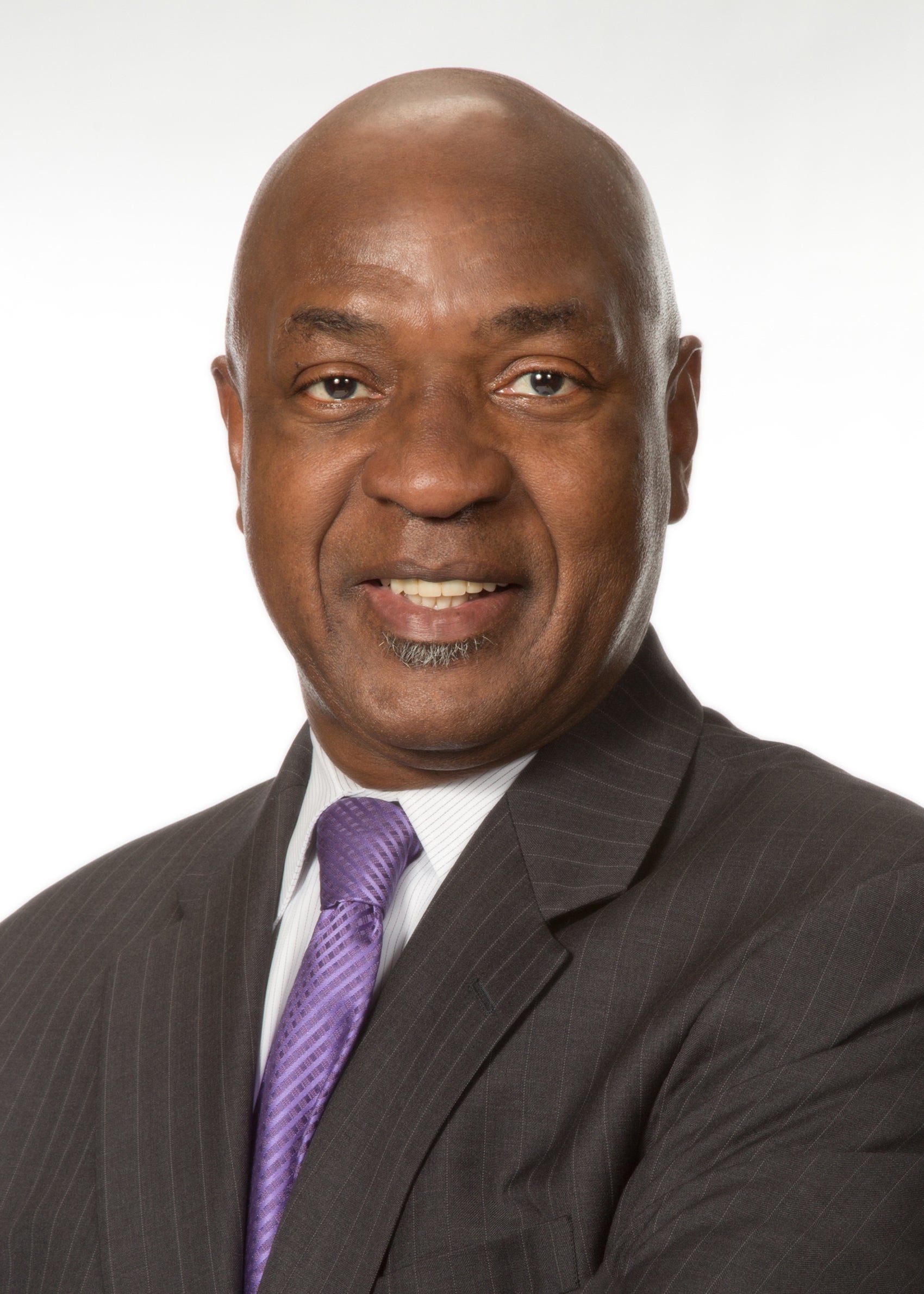The following op-ed by Harvard Law School Professor Charles Ogletree ’78, “The strange jurisprudence of Justice Thomas,” appeared in the July 2, 2009, edition of the Bay State Banner.
The Bay State Banner, a weekly African-American owned publication, closed its doors on July 9 due to financial issues. Ogletree, along with several area organizations, has been working to help the publication begin printing again.
On Monday, June 22, 2009, the U.S. Supreme Court issued a surprising ruling on the constitutionality of Section 5 of the Voting Rights Act of 1965. Filed by the Northwest Austin Municipal Utility District (NAMUD), the lawsuit argued that the district should be granted a “bailout” from the pre-clearance requirement of the Voting Rights Act. This requirement had been inserted into the legislation to monitor the conduct of states and districts that had engaged in past discriminatory voting practices in order to make sure they did not repeat those violations.
An alternative remedy sought by NAMUD was that the Supreme Court declare the entirety of Section 5 unconstitutional. The court’s unexpectedly united 8-1 opinion, written by Chief Justice John Roberts, concluded that the district could qualify for a bailout, but that it would not consider a constitutional challenge to Section 5.
The lone dissent to this decision was written by Justice Clarence Thomas, the only African American on the Supreme Court and a skeptic of many forms of civil rights. In essence, Justice Thomas argued that monitoring discriminatory practices may have been relevant in the 1960s, but it was no longer necessary in today’s voting.
Thomas stood alone among the court in taking this position. When we consider the history of recent elections, most egregiously — but by no means exclusively — the Florida debacle of 2000, his suggestion that protection of voting rights is now unnecessary is utterly breathtaking. In his dissent, he stated, “… the rebellion against the enfranchisement of blacks in the way of the ratification of the Fifteenth Amendment illustrated the need for increased federal intervention to protect the right to vote.”
But he went on to make it clear that things have changed in a positive way over subsequent decades. To support his notion, he pointed out that “the [voter] registration rate for blacks in Alabama rose only from 14 percent to 19.4 percent between 1958 and 1964; in Louisiana it barely inched ahead from 31.7 percent to 31.8 percent between 1956 and 1965; and in Mississippi it increased only from 4.4 percent to 6.4 percent between 1954 and 1964.”
Justice Thomas’ dissent concludes that “the extensive pattern of discrimination that led the court to previously uphold Section 5 as enforcing the Fifteenth Amendment no longer exists. Covered jurisdictions are not now engaged in a systematic campaign to deny black citizens access to the ballot through intimidation and violence.”
What Justice Thomas’ dissent illustrates, and what the majority makes clear, is that we have made considerable progress, but we have not reached a point at which concerns about voter intimidation and disenfranchisement are no longer present. Indeed, when one considers the myriad examples of questionable voting patterns and practices across America, there are deliberate attempts being made to undermine the ability of African Americans to vote and ensure that these votes are counted.
As was pointed out during the hearing before the District Court in this case, discriminatory practices continue unabated and Section 5 is as urgently needed in the year 2009 as it was in the year 1965.
Justice Thomas’ comments are not surprising given the remarkably controversial ways he now addresses issues of civil rights as compared to the views he expressed before his lifetime appointment. During Thomas’ confirmation hearings, Sen. Herbert Kohl, D-Wis., asked him why he wanted the job. Thomas responded:
“… I believe, Senator, that I can make a contribution, that I can bring something different to the court, that I can walk in the shoes of the people who are affected by what the court does. You know, on my current court, I have occasion to look out the window that faces C Street, and there are converted buses that bring in the criminal defendants to our criminal justice system, busload after busload. And you look out and you say to yourself, and I say to myself almost every day, ‘But for the grace of God, there go I.’”
Since Justice Thomas ascended to the Supreme Court, the prison population has more than doubled to over 2 million, and more than half of those are African American males.
Thomas’ asserted concern for the plight of those in prison has not produced any decrease in incarceration levels. Indeed, his decisions while on the court show a remarkable lack of concern about the need to exam disparities in the criminal justice system today. As Congress begins to consider the proposed National Criminal Justice Commission legislation introduced by Sen. Jim Webb, D-Va., evidence of these disparities and of the need for a thorough examination of the causes and remedies for these, will become more obvious to the public.
Justice Thomas’ assertion that discriminatory practices — in voting rights and in criminal justice — are now confined to our nation’s past is misplaced and dismissive of the massive evidence that has been accumulated about them. Indeed, it is now obvious to those who study these disparities that they will continue until we acknowledge them, and make deliberative, thoughtful and informed efforts to address and end them.
Harvard Law Professor Charles J. Ogletree Jr. is the founder and executive director of the Charles Hamilton Institute for Race and Justice.
